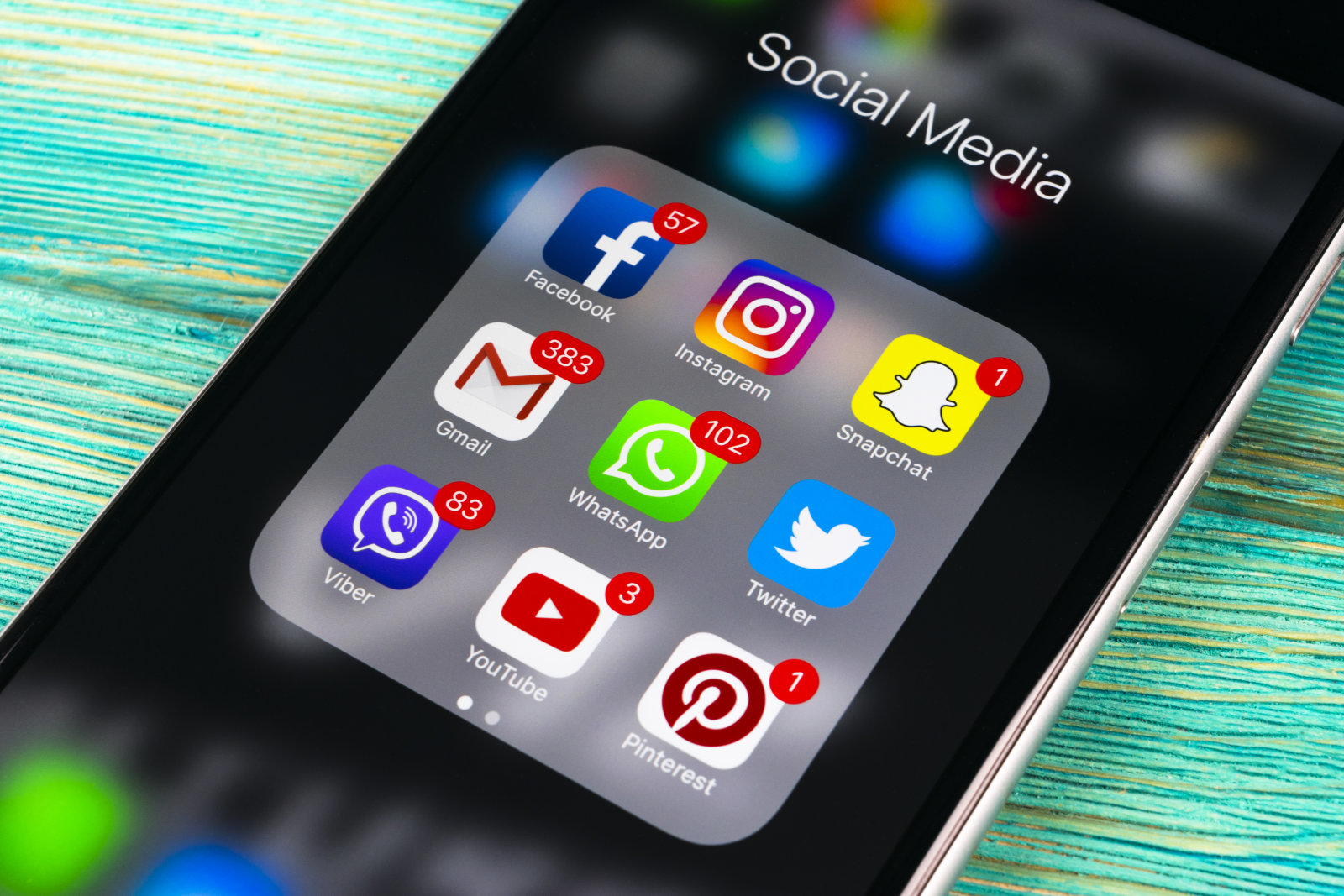Last fall, local educational agencies throughout the country were inundated with news of rising youth misbehavior and mental health challenges linked to the social media app TikTok, which has become increasingly popular among children and teens.
Stories of stolen and destroyed soap dispensers, mirrors, sinks and toilets; a “door knocking challenge” in which kids would loudly kick or knock on a door in time with the two drumbeats in a popular Kesha song; youth firing soluble gel beads from airsoft guns at pedestrians and vehicles; investigations launched by a group of bipartisan attorneys general into TikTok and the effect it has on the physical and mental health of the nation’s children and more were shared widely by parents, school and district leaders, police and legislators.
Yet a recent investigation published by The Washington Post found many of these issues were not nearly as widespread as previously believed — nor were all of them started on TikTok. According to internal emails shared with reporters, Facebook parent company Meta is paying one of the biggest Republican consulting firms in the country to orchestrate a nationwide campaign seeking to turn the public against TikTok. “The campaign includes placing op-eds and letters to the editor in major regional news outlets, promoting dubious stories about alleged TikTok trends that actually originated on Facebook, and pushing to draw political reporters and local politicians into helping take down its biggest competitor,” reporters wrote.
That’s not to say there weren’t reasons to be concerned: the Los Angeles Times reported in September that the damage at the Coalinga-Huron Unified School District in Fresno County was so extensive — with students from fifth grade through high school destroying soap, toilet paper and hygiene-product dispensers and smearing red dye on toilets, walls and floors — that district Superintendent Lori Villanueva estimated upward of $20,000 in damage.
Rather, these events present an opportunity for education leaders to take a step back and refocus on getting to the root causes of these misbehaviors, said Yalda Uhls, founder of the Center for Scholars and Storytellers at the University of California, Los Angeles, and an expert on social media and children.
The goal is to be proactive rather than reactionary, and not use social media as a scapegoat. “There’s always a panic around media. It’s an easy target,” Uhls said. “The novel at the turn of the century, in the 1800s, was a target. There’s documentation that kids flock to new media, adults freak out, we get to the point where we feel OK about it, and then something else comes along.”
Often, when children are having issues with mental health or behavior there are other issues at play including a lack of sleep or difficulties at home. Addressing why students are exhausted, depressed, anxious or acting out is vital. While social media may exacerbate some challenges, simply removing it from a child’s life won’t solve the problem alone, and in fact, doing so may prove more harmful, Uhls explained. Parenting resources are available here.
If the parent has no rules around media, that’s going to likely have negative impacts, but the same thing can be said of those who are too strict and negative. It’s important that parents and adults are actively mediating children’s media lives, but by being positive about it instead of becoming overbearing out of fear, she said.
The more schools can think about teaching kids to critically think about the media that they’re consuming, the better — but digital literacy is just as critical for the adults in a child’s life. In a study that will be released in May, Uhls explored the relationship between parenting styles and children’s media use, parental social media usage and more.
“We found a group of kids where there is a connection between media and negative outcomes, and a lot of it comes down to parenting. Their parents just aren’t having conversations, they don’t feel comfortable,” she said. “The kids whose parents talked to them, and who have adults who talked to them about content versus how much time they spent with media? Those kids thrived. The kids whose parents only focused on time didn’t thrive.”
In addition to supporting families’ overall digital literacy, it’s important that district leaders emphasize professional development around media. Students have more positive outcomes when they engage in media together and use it for teambuilding and cooperation, Uhls said, or when they can use it in play when learning new concepts in math, for instance. Additionally, teachers can ensure students gain citizenship skills while embracing the media children use most by allowing them lead and talk about Discord or Twitch or having them make a TikTok for a lesson.
“If the schools and board members are all very negative about this stuff and decisions are fear-based and they’re coming at it from a perspective of ‘we’re going to protect you from it and keep you away from it,’ the kids aren’t going to trust them,” Uhls said. “There’s a lot of data that says filters backfire during middle school. The kids go around it and they see it as a badge of honor, so then you aren’t there teaching them. I’d urge these conversations not to come from a place of fear or overregulation but from a place of communication, transparency and partnership, and agency for the kids.”





